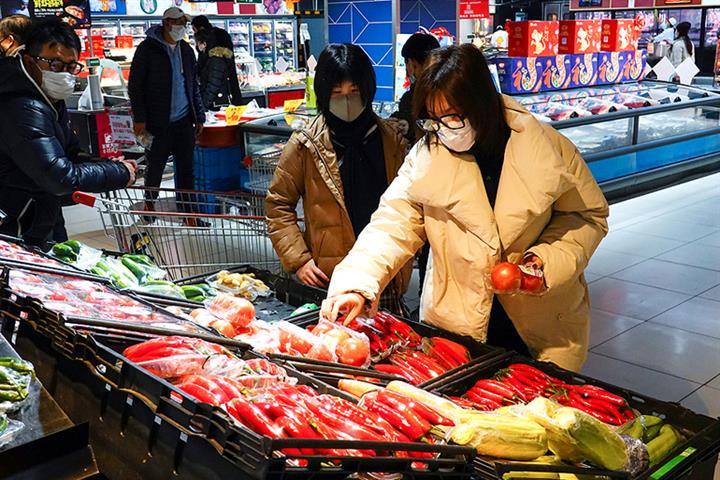 China’s Economic Growth Driver Is Shifting to Consumption From Investment
China’s Economic Growth Driver Is Shifting to Consumption From Investment(Yicai Global) April 21 -- China’s economy has entered an era where consumption has become a major driving force for demand, having made ever greater contributions to the country’s gross domestic product growth in recent years.
Just as the driver of a steam-powered locomotive that changed into an electric-powered train cannot simply copy previous experience and practice, the change in the nation’s economic driver means it will no longer be able to boost economic growth simply by relying on investment.
What needs to be done is to know the pattern of consumption growth and rely more on the power of the market and new economic leverage to promote consumption. Changes in consumption depend on variables such as income, interest rates, and the propensity to consume, and policies must be made based on these.
First, the country must give large consumption subsidies to low-income people as soon as possible in the face of greater pressure from Covid-19 control and prevention measures, while deepening personal income tax rebates and paying attention to the stable development of the stock market to boost people’s incomes and consumer confidence.
Second, the nation must use interest rate leverage to promote consumption. China’s interest rate cuts are much smaller than those of Western countries amid the pandemic. A sharp rate reduction should be considered, with a cut to zero if necessary. That will greatly diminish people’s inclination to save and reinforce their marginal consumption tendency.
Residential mortgages currently total CNY40 trillion (USD6.2 trillion), and the government’s debt burden is about CNY50 trillion. Slashing the interest rate on loans by 1 basis point can reduce the borrowing costs of residents and the government, thereby boosting consumption.
Third, social insurance and public services coverage for the new urban population and gig economy workers is quite inadequate, so these people have to spend less and save more to get life insurance. Strengthening social insurance for these groups can also increase the propensity to consume.
Finally, policies should promote the growth of new consumption on the basis of stabilizing it. Traditional consumption items such as food seasonings, clothing, and home appliances have limited room for growth, but new consumer demand such as for new energy vehicles, consumer electronics, and cultural and entertainment activities are highly flexible and have broad space to develop.
The shift in the main demand driver of China’s economic growth from investment to consumption is both an irreversible trend and a major opportunity. China is the world’s second-biggest consumer market and will become the largest soon. This provides the utmost confidence and advantage for the country to create an economic growth structure with consumption as the major driving force.
(Teng Tai is director of the Wanbo New Economic Research Institute, and Zhang Haibing is the deputy director.)
Editor: Peter Thomas